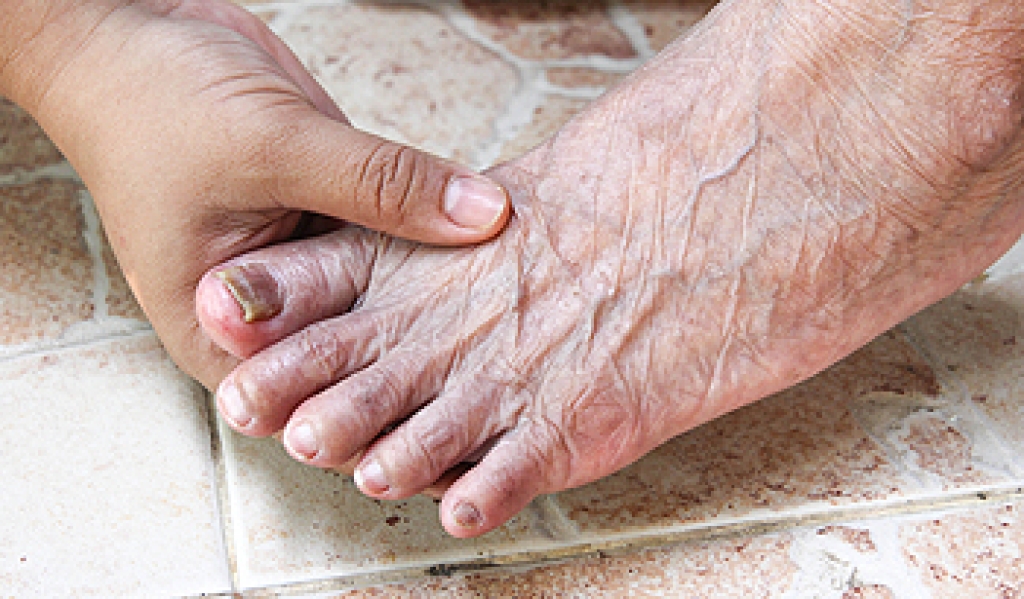
Toenail fungus, or onychomycosis, is a common condition caused by fungal infections affecting the nail. Different types include distal subungual, white superficial, and proximal subungual onychomycosis. Distal subungual onychomycosis is the most common, causing thickened, yellow nails that separate from the nail bed. White superficial onychomycosis appears as white, chalky spots on the nail surface, which can become brittle. Proximal subungual onychomycosis is rarer, starting at the nail base and spreading outward, often linked to weakened immune systems. Risk factors include warm, moist environments, trauma to the nail, and conditions like diabetes. Left untreated, fungal infections can cause discomfort and damage. If you suspect some type of foot fungus, it is suggested that you visit a podiatrist for an accurate diagnosis and effective treatment, including advanced options for stubborn nails.
For more information about treatment, contact David K. Morris, DPM of Florida. Our doctor can provide the care you need to keep you pain-free and on your feet.
Toenail Fungus Treatment
Toenail fungus is a condition that affects many people and can be especially hard to get rid of. Fortunately, there are several methods to go about treating and avoiding it.
Antifungals & Deterrence
Oral antifungal medicine has been shown to be effective in many cases. It is important to consult with a podiatrist to determine the proper regiment for you, or potentially explore other options.
Applying foot powder on the feet and shoes helps keep the feet free of moisture and sweat.
Sandals or open toed shoes – Wearing these will allow air movement and help keep feet dry. They also expose your feet to light, which fungus cannot tolerate. Socks with moisture wicking material also help as well.
If you have any questions please contact our office located in Plantation, FL . We offer the newest diagnostic and treatment technologies for all your foot and ankle needs.



